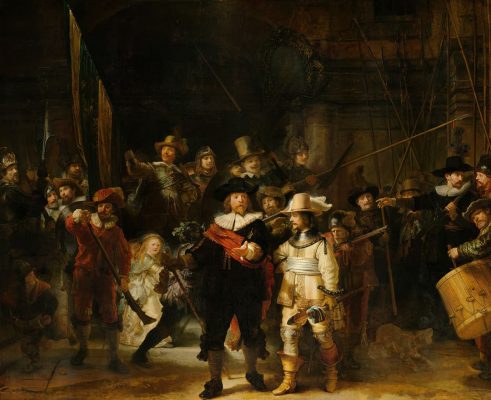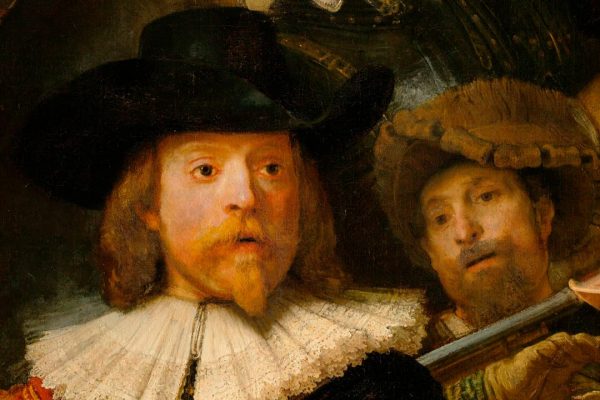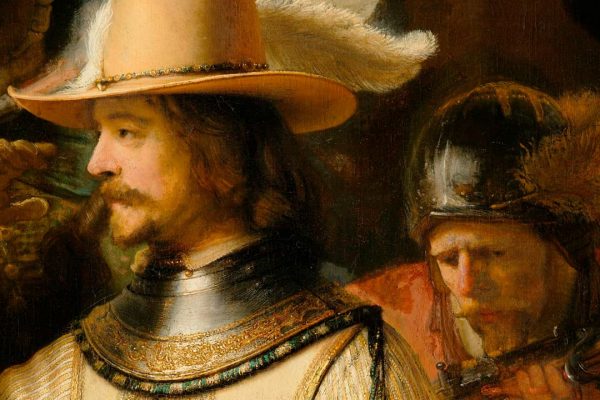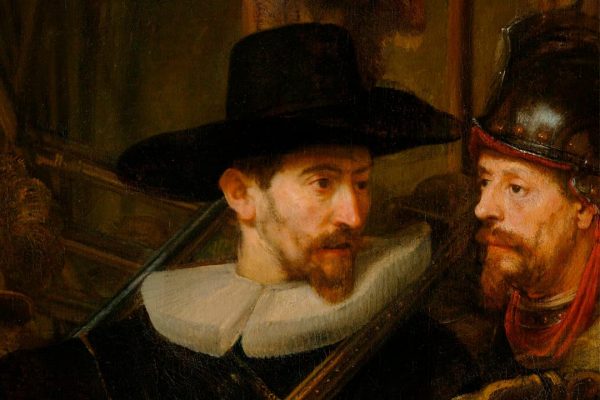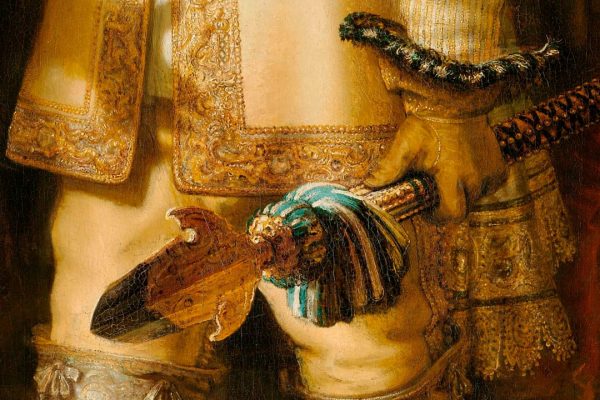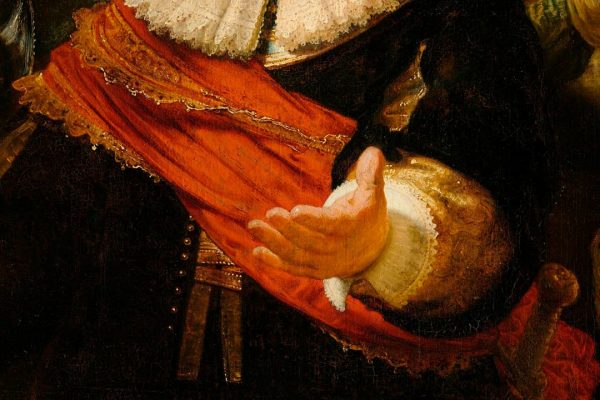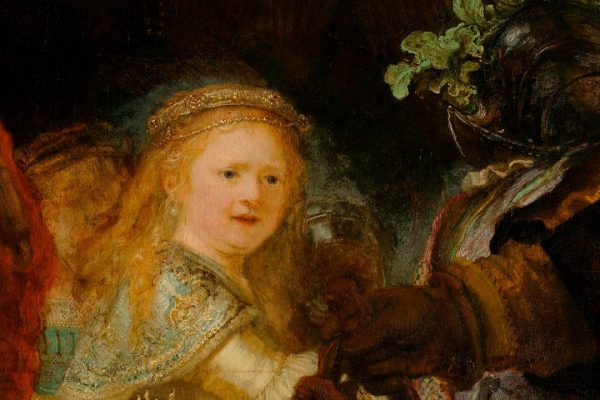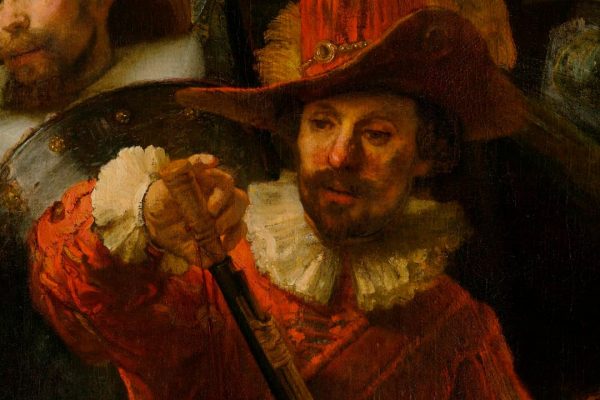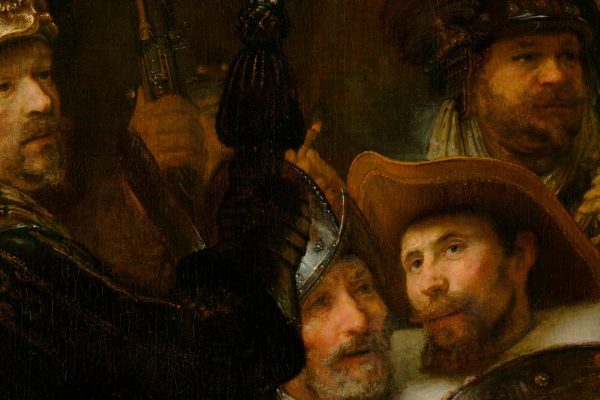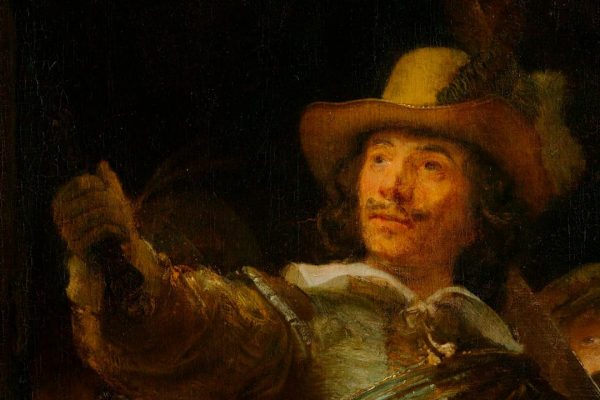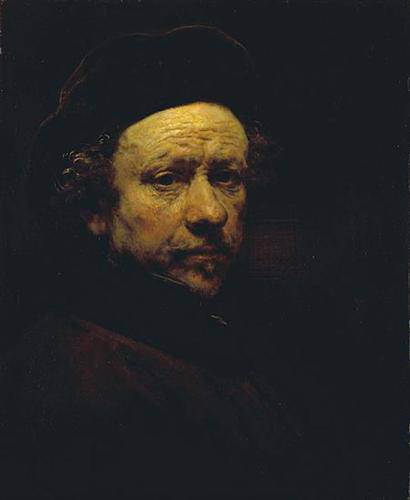Rembrandt · The Night Watch
1641 – 1642 – Oil on canvas – Rijskmuseum, Amsterdam
“The Night Watch” is one of the most important paintings of the whole history of Art, and with no doubt one of the most complex. The in-depth analysis of this sensational scene is a task that has occupied hundreds of students for centuries, a study that have identified almost the totality of the 28 (30 before an unfortunate cut) personages -including three children and a dog-, among them Captain Purmerlandt and his Lieutenant Von Vlaerdingen. Researches have rescued copies of the original composition before its mutilation, and tried to explain the remarkable effects of movement of the figures in this painting, the zenith of Rembrandt’s powers.
How this effect of dynamism can be explained? Rembrandt has represented the exact moment in which the captain of the company has ordered his men to advance, but this order seems to have not arrived yet to his subordinates. This tension between motion and immobility gives the picture an irresistible magnetism. One almost hopes that, if we look at the painting for a couple of minutes, the captain and his lieutenant will begin the march, their subordinates will follow them after a few hesitations, and the man of the right will begin a fast drum roll accompanied by the barks of the small dog.
And there is more, much more. The brilliant effects of the chiaroscuro, with an almost mystical light that emphasizes the figure of the girl carrying a chicken and the almost hidden architecture in the background. The way in which the spears and banners close the scene in the upper side. The fast and spontaneous way in which the faces are painted. All in all, an essential work for the history of Western Painting.
Text: G. Fernández, theartwolf.com
Follow us on:

